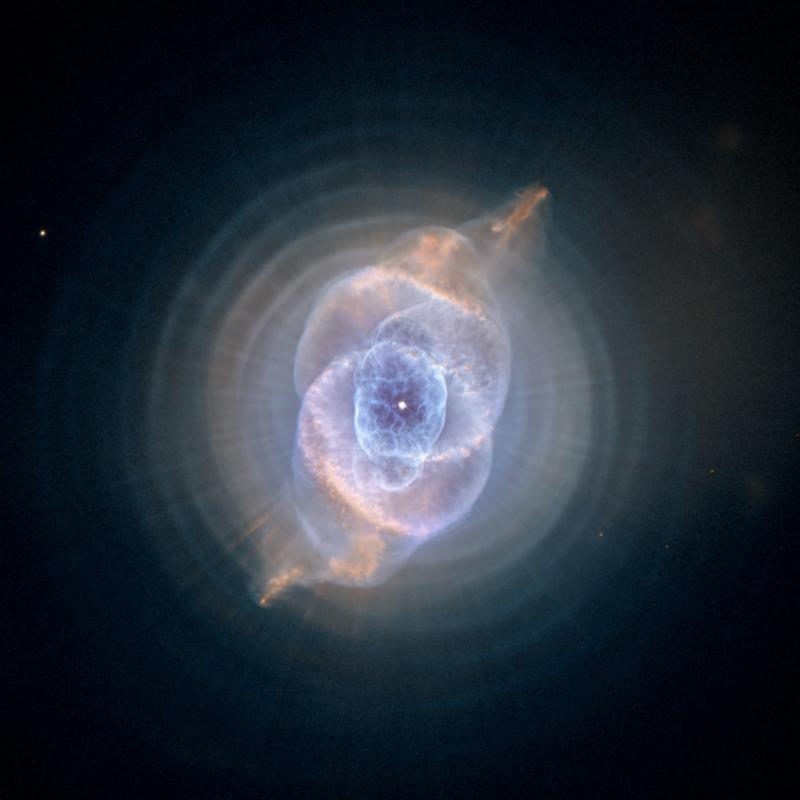On Friday the 13th, of April 2029 an asteroid approximately 330 meters in diameter will transverse the Earth’s orbit, coming nearer to the Earth than any other known asteroid in recorded history. Apophis was discovered in 2004 and after six months of optical and radar observations it was concluded that this asteroid will pass within 35700 km of the Earth, which is an altitude less than that of our satellites in geocentric orbit. Apophis will once again return on 2036, and astronomers say that if the asteroid’s center of mass passes through a small gravitational keyhole in the Earth’s atmosphere in 2029, Apophis’2 2036 orbit could be redirected into the Earth. Astronomers currently rank this asteroid has having little chance of impact, and is 0 on the Torino Scale.
The Torino scale is a scale from 0 to 10 that indicates the threat level of Near Earth Objects (NEO). A zero indicates that there is either no threat of impact, or that the object is too small to penetrate the atmosphere. A ten indicates that the object is likely to impact catastrophically. A NEO is assigned an integer value on the 0 to 10 scale based on impact probability and its kinetic energy. On December 23, 2004, Apophis had been given 1 in 233 chance of impact and a 2 on the Torino scale (Apophis is the first asteroid to have a value larger than 1 on the Torino scale). Later that day the odds of impact were increased to 1 in 64 with a 4 on the Torino scale. By 2006 the chance of impact has been reduced to 1 in 45,000 with a zero on the Torino scale.
In April 2008, a thirteen year old from Germany calculated the chances of collision to be 1 in 450 by factoring changes in the Asteroid’s orbit due to collisions with one or more geosynchronous satellites. To eliminate rumors that NASA and the ESA confirmed these calculations, NASA released a statement saying that the angle of approach relative to Earths equator, and the relatively small size of the satellites leave little or no chance of a satellite-asteroid collision.
Even though NASA has placed a low probability of impact, the threat is real enough that NASA plans on somehow deflecting the asteroid away from the tiny keyhole to prevent a future impact scenario. Some of these plans include nuking the asteroid, painting one half of it white, or by tugging it away using the gravitational pull of a probe. Nuking the asteroid has basically been ruled out because that may just result in showering us with several asteroid segments instead of one large one. Painting half of the asteroid white would result in the painted half of the asteroid reflecting more photons and thus pushing the asteroid in the desired direction, but this solution is impractical. Even if a good plan is developed it will do little good without precise and accurate details and calculations of the asteroid.
In 2008 the Planetary Society developed a $50,000 competition for the best mission designed to track the asteroid, and perform trajectory calculations for a year with an unmanned probe. The goal of the competition is to help Earth’s governments decide whether or not the probe should be deflected. The Planetary Society received 37 entries from 20 countries. The winning entry was designed by an Atlanta based company called Spaceworks Engineering. This plan called ‘foresight’ is planned to launch in 2012, after 5 months of travel it will rendezvous with Apophis, orbit it for one month while taking measurements with a multi-spectral imager. Once the orbiting phase is complete, the probe will follow Apophis around the sun for 10 months while it takes careful measurements of the asteroids orbit.
On Friday the 13th, in April of 2029, Apophis will be observable with the naked eye as it passes over the Earth at a distance of approximately 1/10 that of the moon. If you happen to be watching as the large asteroid come closer to the Earth than any other large asteroid in human history, remember one thing: even though calculus is perfect, the people who use it are not.

